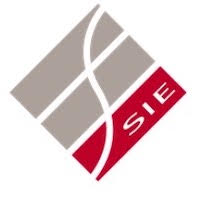Intentional replantation of severely compromised teeth

Submitted: 16 November 2021
Accepted: 16 January 2022
Published: 16 February 2022
Accepted: 16 January 2022
Abstract Views: 977
PDF: 363
Publisher's note
All claims expressed in this article are solely those of the authors and do not necessarily represent those of their affiliated organizations, or those of the publisher, the editors and the reviewers. Any product that may be evaluated in this article or claim that may be made by its manufacturer is not guaranteed or endorsed by the publisher.
All claims expressed in this article are solely those of the authors and do not necessarily represent those of their affiliated organizations, or those of the publisher, the editors and the reviewers. Any product that may be evaluated in this article or claim that may be made by its manufacturer is not guaranteed or endorsed by the publisher.


 https://doi.org/10.32067/GIE.2021.35.02.47
https://doi.org/10.32067/GIE.2021.35.02.47








